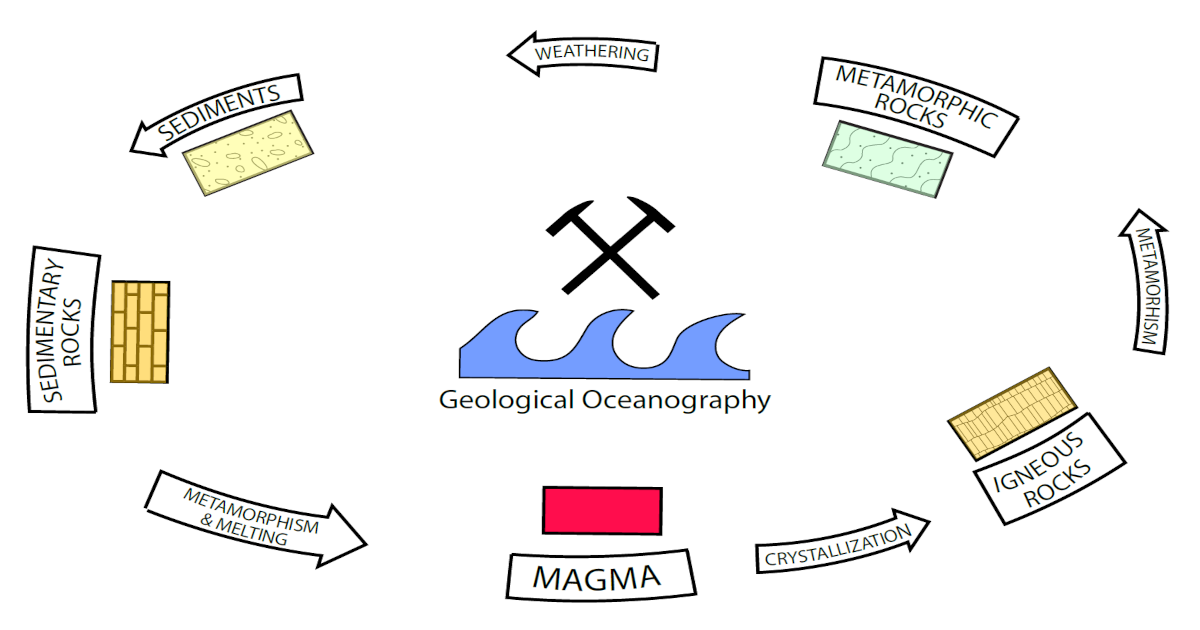Feature Review Papers in Geological Oceanography
A special issue of Journal of Marine Science and Engineering (ISSN 2077-1312). This special issue belongs to the section "Geological Oceanography".
Deadline for manuscript submissions: 31 December 2024 | Viewed by 3154

Image courtesy of Prof. Dr. Markes E. Johnson
Special Issue Editor
Interests: paleoecology; rocky-shore ecosystems; island dynamics; phanerozoic sea-level changes; storm deposits; carbonate dune systems; paleogeography of Baja California (Mexico) and the macaronesian islands of the NE atlantic
Special Issues, Collections and Topics in MDPI journals
Special Issue Information
Dear Colleagues,
This Special Issue aims to collect high-quality review papers in research fields related to Geological Oceanography with the goal of creating a space where readers can access a range of topics, demonstrating the methodology, insights, and prospects for future research. Relevant topics include, but are not limited to, the interplay between modern environments and their counterparts in the geological record. For example, how do present-day settings in coastal oceanography such as rocky shores, sandy beaches, or tide-water delta systems inform the reconstruction of counterparts from the rock record? This would include the interpretations of coastal geomorphology from both the recent 2.5 million years (Pleistocene) and the older times, i.e., from the last 500 million years (Phanerozoic). Also, the dynamics of the contemporary storm systems (hurricanes/typhoons) are crucial as they are considered in the interpretation of storm deposits. The effect of natural hazards is another dynamic area that includes earthquake-related and/or storm-related landslides with identifiable slump deposits from the past. Specific coastal ecosystems, such as mangroves, sand dunes, coral reefs, clam flats, and rhodolith banks, also have their equivalents in the rock record, all of which illustrate the evolution of such systems through geologic time. Finally, this Special Issue welcomes manuscripts on the importance of geoheritage through the agency of national parks and especially geoparks for the education of the public at large.
Prof. Dr. Markes E. Johnson
Guest Editor
Manuscript Submission Information
Manuscripts should be submitted online at www.mdpi.com by registering and logging in to this website. Once you are registered, click here to go to the submission form. Manuscripts can be submitted until the deadline. All submissions that pass pre-check are peer-reviewed. Accepted papers will be published continuously in the journal (as soon as accepted) and will be listed together on the special issue website. Research articles, review articles as well as short communications are invited. For planned papers, a title and short abstract (about 100 words) can be sent to the Editorial Office for announcement on this website.
Submitted manuscripts should not have been published previously, nor be under consideration for publication elsewhere (except conference proceedings papers). All manuscripts are thoroughly refereed through a single-blind peer-review process. A guide for authors and other relevant information for submission of manuscripts is available on the Instructions for Authors page. Journal of Marine Science and Engineering is an international peer-reviewed open access monthly journal published by MDPI.
Please visit the Instructions for Authors page before submitting a manuscript. The Article Processing Charge (APC) for publication in this open access journal is 2600 CHF (Swiss Francs). Submitted papers should be well formatted and use good English. Authors may use MDPI's English editing service prior to publication or during author revisions.
Keywords
- coastal geomorphology
- cyclonic storms
- storm deposits
- ecosystem equivalents
- mangroves
- coastal sand dunes
- reefs
- coralline algae
- geoheritage
Benefits of Publishing in a Special Issue
- Ease of navigation: Grouping papers by topic helps scholars navigate broad scope journals more efficiently.
- Greater discoverability: Special Issues support the reach and impact of scientific research. Articles in Special Issues are more discoverable and cited more frequently.
- Expansion of research network: Special Issues facilitate connections among authors, fostering scientific collaborations.
- External promotion: Articles in Special Issues are often promoted through the journal's social media, increasing their visibility.
- e-Book format: Special Issues with more than 10 articles can be published as dedicated e-books, ensuring wide and rapid dissemination.
Further information on MDPI's Special Issue polices can be found here.





